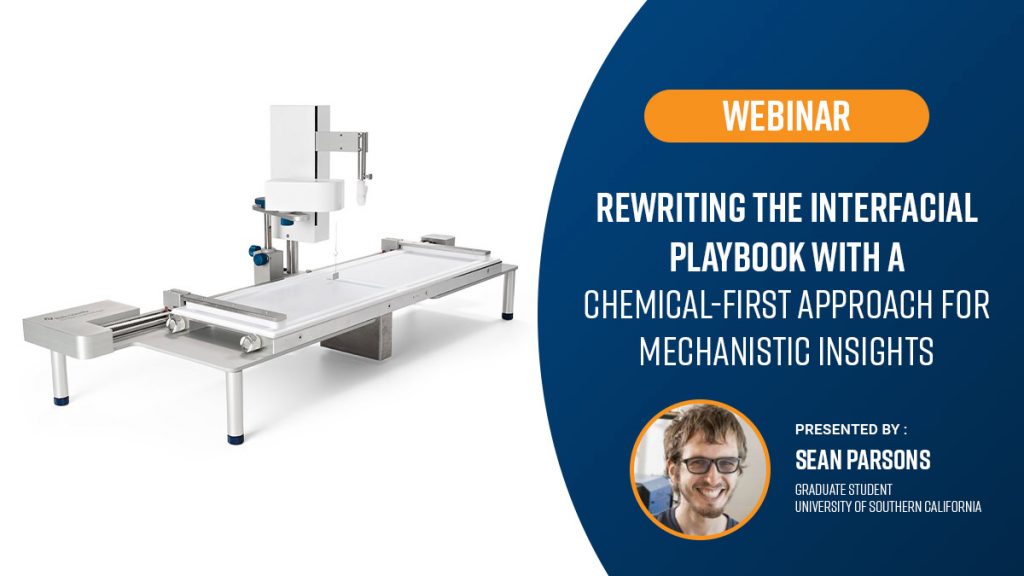Understanding chemical behavior at the boundary of two phases requires a paradigm shift from how we view pure phases. The unique properties of hydrophobic-water interfaces underpin their reactivity; however, explaining the mechanisms of ‘why’ often remains elusive, confounding physical chemists like myself. Simultaneously, numerous studies have demonstrated these interfaces can promote incredible chemistry. Hence, one can only imagine the prospects when frameworks are constructed to model and explain behavior.
Previous studies largely focused on the physics of such interfaces to establish foundational understanding. In contrast, our approach uses surface-tethered monolayers to visualize the interfacial environment and explore model reactions. This provides a ‘chemical-first’ approach by simulating reactants used for on-water chemistry and related contexts.
Our investigations benefit from a high-throughput, large-bandwidth experimental design facilitated by infrared reflection, allowing for rapid exploration of chemical space. We discuss the merits and limitations of this experimental scheme relative to nonlinear techniques, such as sum frequency generation.



